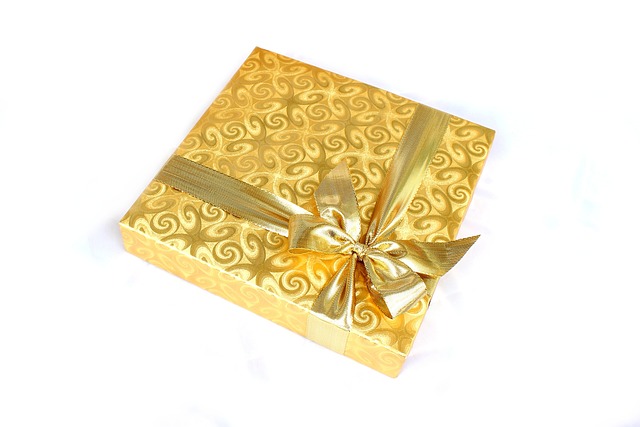Digitally powered color printing and labeling will replace hand-written product labels. Hand-written labels, which are labor-intensive and time-consuming, are susceptible to human error. This is especially important when it comes to food date labels which can spell the difference between a fresh meal and one that’s contaminated and can potentially make a person severely ill.

With that in mind, what’s in store for the printing and labeling market going forward?
According to The Brainy Insights, there’s a growing demand for color label printing to attract new clients and boost the growth of the global market for color label printing. Digitally printed labels have seen a rise in demand due to new product innovations.
Asia Pacific has been identified as the biggest market for color-printed labels. It will account for nearly half of all the market share by 2021.
Global Label Color Printing Growth
According to The Brainy Insights the global digitally printed label market expects a surge from its current $3.41 billion to $5.34 trillion by 2030. That’s a 5.12 percent increase in only eight years.
The Fast-moving Consumer Goods (FMCG) business sector utilizes digitized color labeling to give consumers vital information on any offered items’ caloric value, nutritional value, expiration date, brand name, and price.
This type of labeling is also said to be used in the pharmaceutical industry to provide crucial information regarding a drug’s ingredients and other data, such as expiration dates.
You’ll find label color printing growing rapidly in personal care, cosmetics, retail, packaging, and other similar markets. Labels are more than just information. They can be used to market products and help them stand out in a similar way, increasing their sales over the long and short term.
Most market contributors who operate across vast industries are said to be required by their governments to ensure their products are provided with color labels containing the necessary information to ensure a consumer’s safety.
Strategy for Competition
Brainy Insights reports that companies and organizations are creating new strategies to increase their industry position in the international color label printing market. This includes mergers and acquisitions.
For instance, in March 2021, Harrods, the leading supplier of in-mold label (IML) solutions, was added to Multi-Color Corporation’s operation for its in-mold molding products. Multi-Color’s Asia-Pacific operations will be able to expand with the acquisition, diversifying its product offering.
Market Growth and Label Trends
Skincare is an essential part of maintaining a healthy appearance. The rise in pride and appreciation for physical appearance has led to increased consumer spending on skincare products.
The millennial generation is particularly focused on natural, chemical-free ingredients and plant-based skincare products. They also don’t believe in using products that have been tested on animals since they construe such a practice as animal cruelty.
This rising awareness and interest in a given product’s ingredients have encouraged the skincare industry to create and manufacture all-natural skincare products. They have also greatly reduced the use of chemical-based products. In other words, they give people what they want.
According to reports, skincare companies are investing heavily in color-labeling their products for physical appearance. This is in the hope of attracting more customers and retaining existing ones. The demand for digital color labels printing in personal care is expected to increase.
Some of the Key Color Labeling and Printing Findings
–Just one year ago, in 2021, the laser printer portion of the color printing and labeling industry was said to have ruled the market with the biggest market share of close to 70 percent, along with a total market revenue of around $2.3 billion. This segment can be divided into laser printers and inkjet printers.
–Also, in 2021, the food label market spiked heavily to around 45 percent. Its total revenues exceeded $1.5 billion. This market segment can be divided into three categories: food labels, beverage labels and pharmaceuticals. Retail products include cosmetics, cosmetics, and other items.